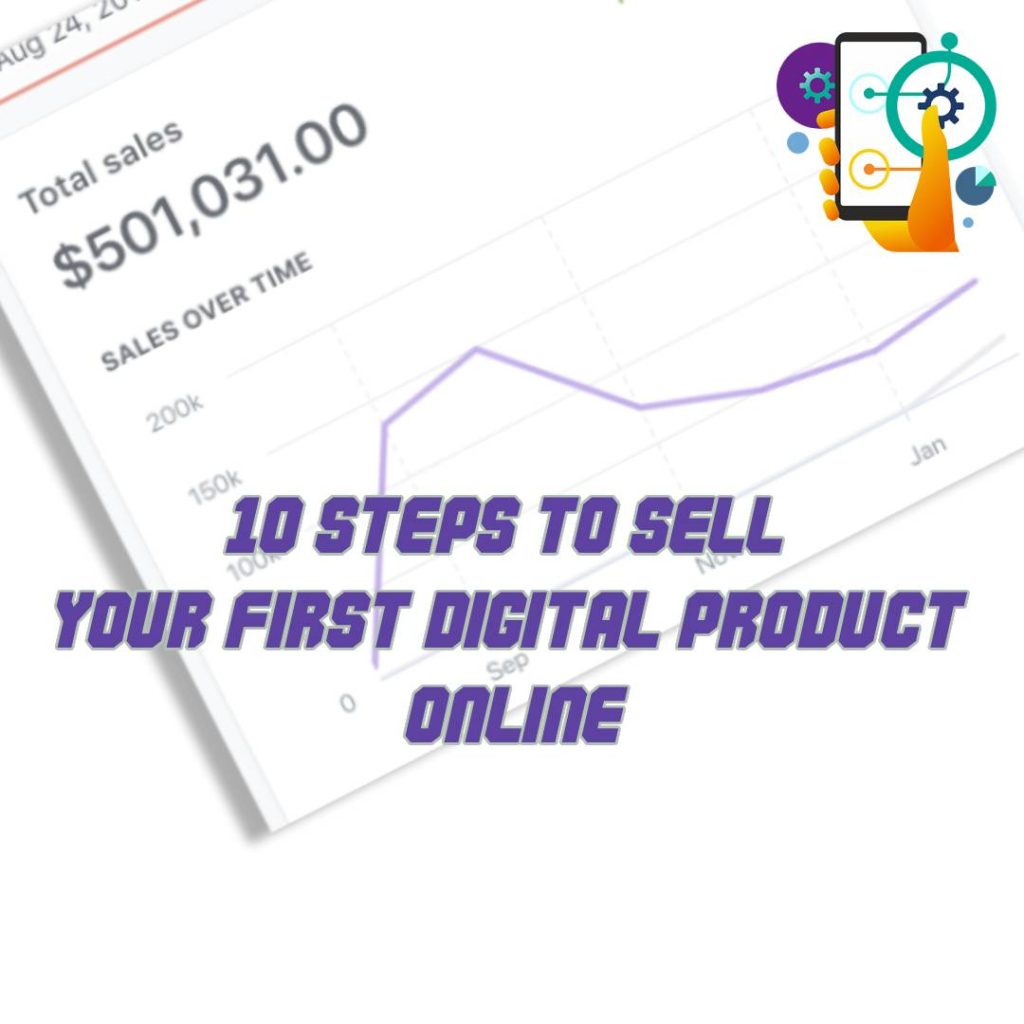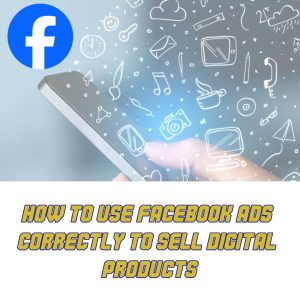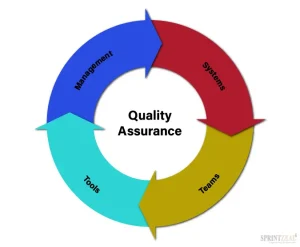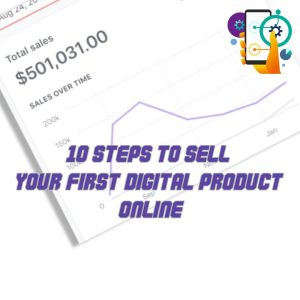
How to Sell Your First Digital Product Online
Selling your first digital product can be an exciting step toward building an online business or generating passive income. Digital products have no inventory or shipping concerns, making them highly scalable and profitable. Whether you&8217;re selling e-books, online courses, software, templates, or any other form of digital content, here’s a comprehensive guide on how to sell your first digital product online.
Step 1: Choose the Right Digital Product to Sell
The first step is identifying what type of digital product you want to sell. The product should align with your skills, knowledge, or passion and provide value to your target audience. Popular digital products include:
- E-books and Guides: Share your expertise on a topic in a downloadable book format.
- Online Courses and Webinars: Teach your audience a specific skill through video tutorials or live training sessions.
- Software and Apps: Develop tools or apps that solve a problem or provide utility for your users.
- Design Templates and Resources: Sell templates for graphic design, websites, or other digital creative projects.
- Music, Art, or Photography: If you’re a creative, sell digital versions of your work, such as music tracks, stock photos, or illustrations.
Step 2: Create Your Digital Product
Once you&8217;ve chosen a product type, it&8217;s time to create it. Focus on delivering quality, as this will determine customer satisfaction and word-of-mouth referrals. Consider these key aspects while creating:
- Solve a Problem: Identify a pain point your target audience has and craft a solution within your product.
- Invest in Quality: High-quality content and design are crucial to building trust with your buyers. Use professional tools or hire freelancers if needed.
- User Experience: Make your product easy to use, follow, or implement for your customers.
Step 3: Choose a Platform to Sell Your Product
Next, choose the best platform to host and sell your digital product. Here are a few popular options:
- Shopify or WooCommerce: Great for building your own store and selling directly from your website.
- Gumroad or SendOwl: These platforms are ideal for selling digital products with a user-friendly interface.
- Teachable or Udemy: Best for selling online courses or educational content.
- Etsy or Creative Market: These platforms work well for creative digital products like design resources, artwork, and templates.
Step 4: Set Up Payment and Delivery Systems
A smooth transaction process is critical to sales success. Set up an efficient payment and delivery system that ensures a hassle-free experience for your customers.
- Payment Gateways: Use trusted payment processors like PayPal, Stripe, or credit card systems. Make sure you account for transaction fees.
- Instant Delivery: Automate product delivery with platforms like Gumroad or Shopify, which handle instant downloads upon purchase.
- Secure Your Product: Use encryption, license keys, or watermarks to protect your digital content from unauthorized sharing.
Step 5: Price Your Digital Product
Pricing can significantly impact your sales. Consider the following when setting a price:
- Market Research: Analyze what competitors charge for similar products.
- Perceived Value: The higher the perceived value of your product (based on quality and benefits), the higher you can price it.
- Introductory Offers: Offering your product at a discounted price for the first few customers can help generate buzz.
Step 6: Create a Sales Page and Optimize for Conversion
A well-designed sales page can convince potential buyers to take the plunge. Your sales page should include:
- Compelling Headline: Grab attention with a headline that addresses the biggest benefit of your product.
- Product Features: Highlight the key features of your product and how it solves a problem.
- Social Proof: Show testimonials, reviews, or case studies from satisfied customers.
- Call to Action (CTA): Include clear CTAs, such as &8220;Buy Now,&8221; to encourage customers to take action.
Step 7: Promote Your Digital Product
Promotion is essential to reaching a larger audience and boosting sales. Here are some effective marketing strategies:
- Email Marketing: Build an email list and promote your product to subscribers with special offers or exclusive deals.
- Social Media: Use platforms like Instagram, Facebook, and LinkedIn to showcase your product and engage with your audience.
- Content Marketing: Write blog posts, make YouTube videos, or create podcasts that promote your product.
- Affiliate Marketing: Partner with influencers or other content creators who can promote your product in exchange for a commission.
Step 8: Provide Excellent Customer Support
Even after the sale, offering great customer service is vital to retaining customers and earning repeat business. Consider setting up:
- FAQs and Tutorials: Provide guides or support videos to help customers use your digital product.
- Responsive Help: Use tools like Zendesk or live chat to answer customer inquiries quickly.
- Refund Policy: Offering a clear refund policy can reduce customer hesitation and boost sales.
Step 9: Collect Feedback and Improve
As you gain customers, gather feedback to improve your product and services. Consider these actions:
- Follow-up Emails: After purchase, send an email asking for feedback on the product.
- Iterate: Use feedback to update or create better versions of your digital product, keeping your offerings fresh.
Step 10: Scale Your Business
Once you&8217;ve sold your first digital product, look for opportunities to scale your business. Some strategies include:
- Create More Products: Diversify your portfolio by creating more digital products or adding variations of your initial offering.
- Upsell and Cross-sell: Offer premium versions or complementary products to increase average order value.
- Build a Membership or Subscription Service: Offer recurring services or products through a membership site to generate consistent income.
In conclusion, selling your first digital product online can be a rewarding and profitable experience. With the right product, platform, and promotional strategy, you can tap into the growing digital economy and create a sustainable business. Start by identifying your niche, building your product, and focusing on the customer experience to build long-term success.



